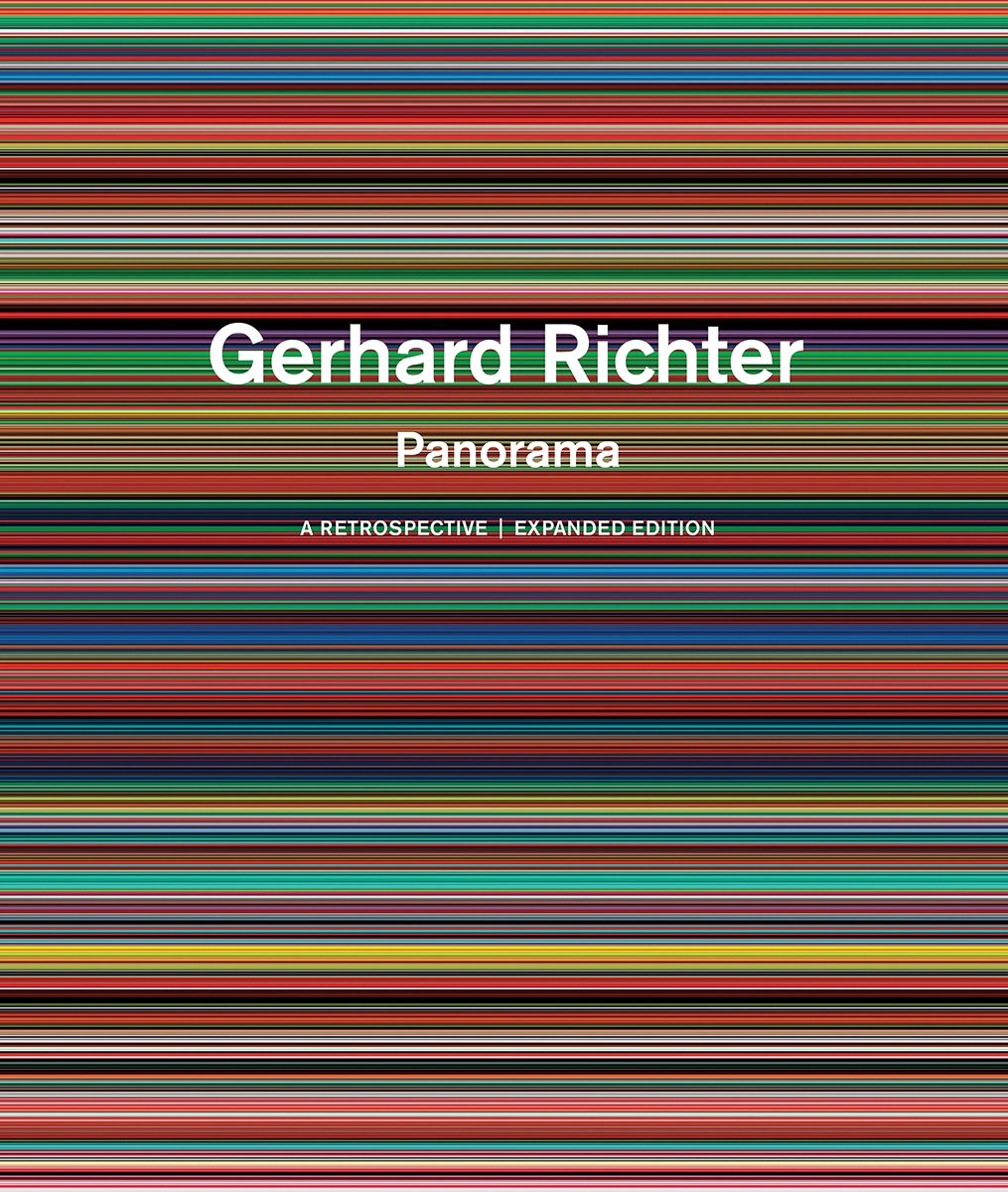A few days ago I wrote a very short post about the neuroscientist Susan Rogers. She was the sound engineer for Prince in the 80's and early 90's. In her interview she finishes up by saying:
'slow growth is real growth.
You have to be patient, and you have to go the distance'
Getting to know a tree, Hokkaido 2018
Nothing worth pursuing comes easily, and if it does, I would be suspicious of it. You don't create great work by talent alone - there has to be a lot of effort put into it. Likewise, you don't create great work from putting the hours in - you still need talent.
If I were to say what's required, it's dedication, commitment and a sense of drive to pursue what you love. Great work doesn't come from following formulas or templates, nor does it come from using software-plug'ins or reading cheap e-Books that promise to get you there in 10 easy steps. It simply doesn't work that way.
Slow Growth through intimacy
I've learned so much from the places I am so fortunate to visit. I mean, who else has the fortune to go to Iceland twice a year? or Patagonia every year? And yet doing so has taught me so much. I know it's a great privilege to do this, but it has taught me that improving one's own photography comes from developing an intimate knowledge of the places I photograph. This is why I often suggest to students on my workshops to go back to places, if they feel they have a connection with them. That connection is telling them something: namely, that there is potential here, there is work to be done.
Again and again and again
It would be understandable to think that each time you return somewhere, you get to see things in a new way. But as much as I think this is a valid part of learning, it's only one part of the story. For me, what I do learn a lot from, is seeing places in exactly the same way. If I go back to a location each year around the same time or same season, I often find that there is commonality in what I'm seeing. It confirms that places have seasons, that a tree will look a certain way, but rather than it allowing me to think 'If I don't capture it this year, I can always do it next year', it makes me realise that with the same lighting, the same weather conditions, and the same subject, I am forced to find something new there, that doesn't rely on different weather, different light, or the subject being different. Being confronted with the same thing each year, makes me think 'what else can I do here that I haven't done before?'. That is where the real learning comes from.
Going the distance
Working on my photography is like investing money in a fund. You have to be patient. You have to take delight in the subtle changes as the fund slowly grows over time. Photography is not about instant hits. It's not about instant gratification. It's about the long haul. It's about standing where you are in 10 years time and noticing that things have changed. You are now seeing things with a more mature eye. You're more aware of what's before you. And you know, that this couldn't come any other way, than going the distance.
















